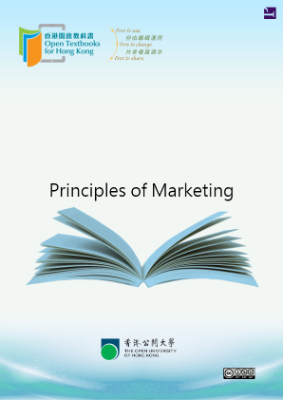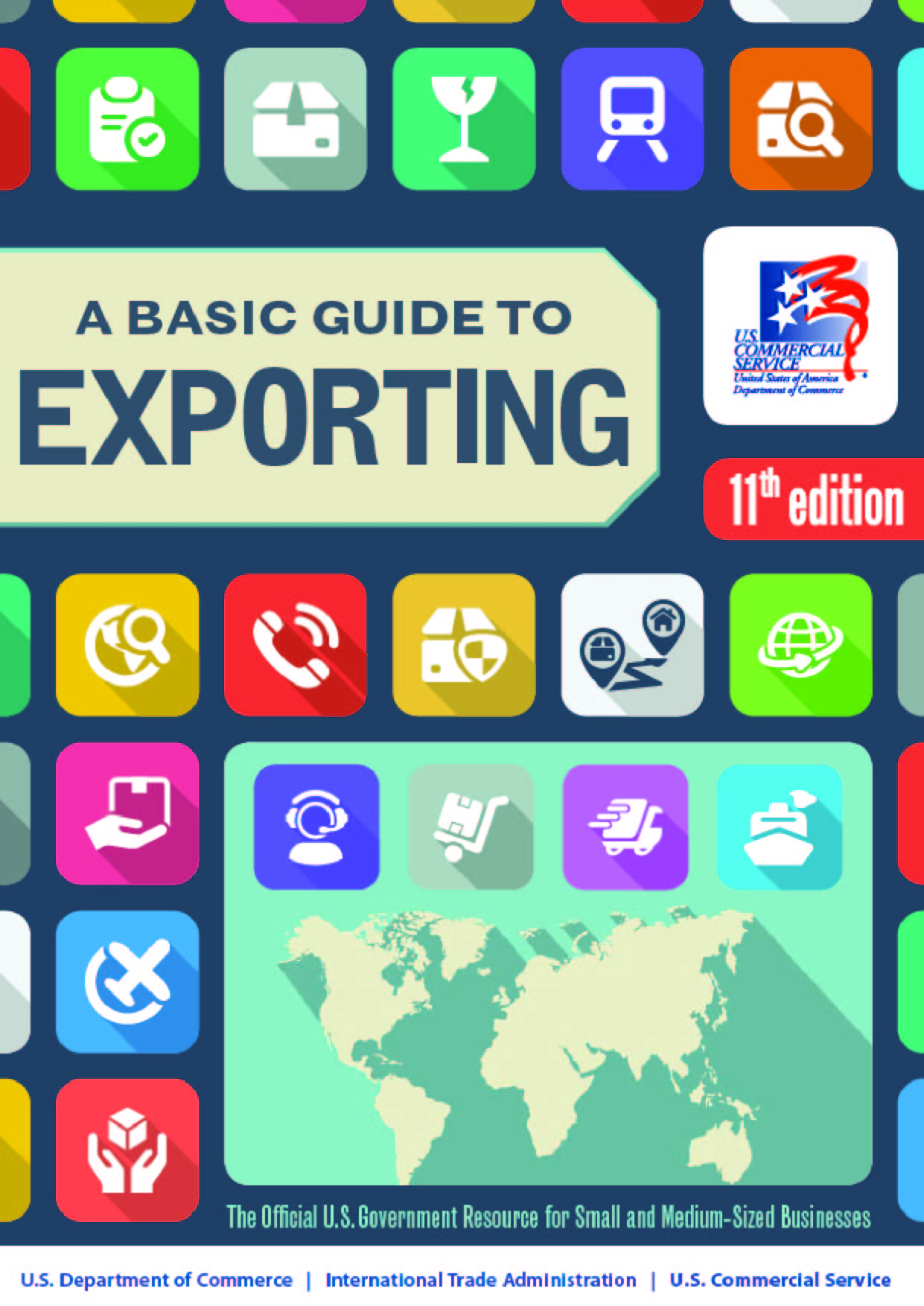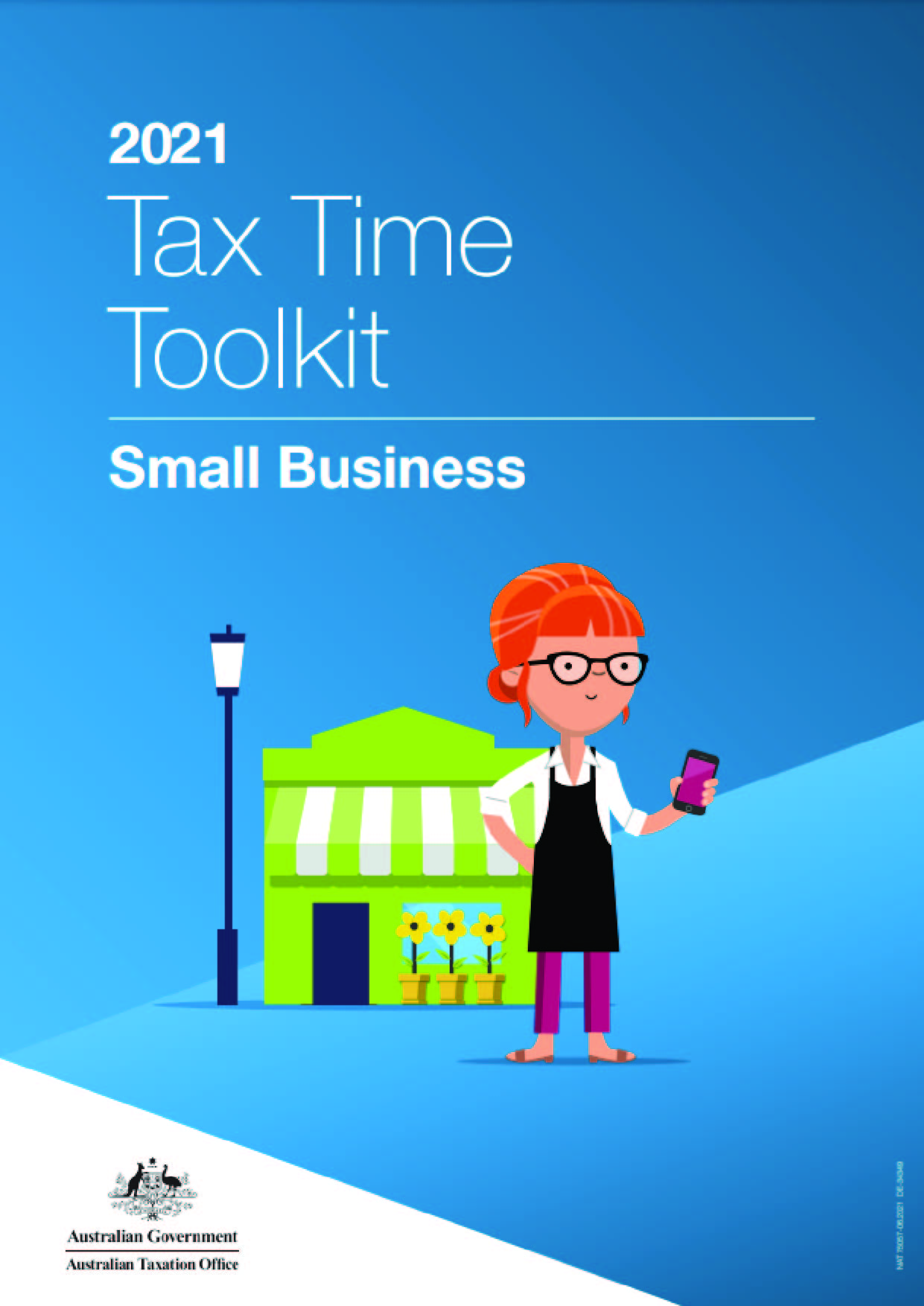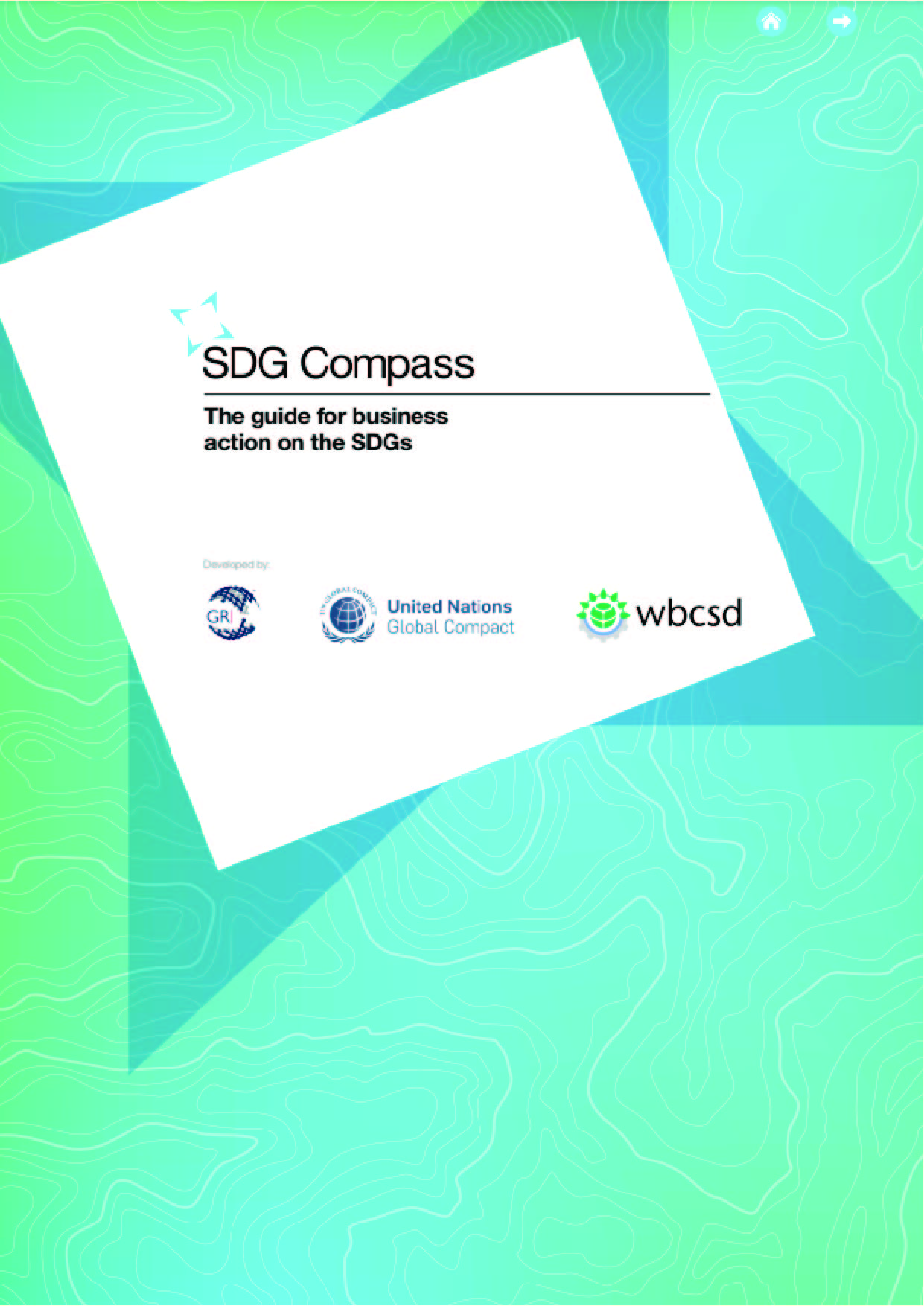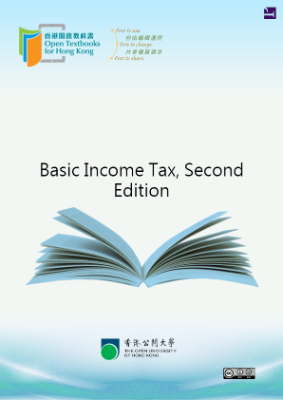What Is Marketing?
What makes a business idea work? Does it only take money? Why are some products a huge success and similar products a dismal failure? How was Apple, a computer company, able to create and launch the wildly successful iPod, yet Microsoft’s first foray into MP3 players was a total disaster? If the size of the company and the money behind a product’s launch were the difference, Microsoft would have won. But for Microsoft to have won, it would have needed something it’s not had in a while—good marketing so it can produce and sell products that consumers want.
Defining Marketing
LEARNING OBJECTIVE
1.Define marketing and outline its components.
Marketing is defined by the American Marketing Association as “the activity, set of institutions, and processes for creating, communicating, delivering, and exchanging offerings that have value for customers, clients, partners, and society at large.” 1 If you read the definition closely, you see that there are four activities, or components, of marketing:
- Creating. The process of collaborating with suppliers and customers to create offerings that have value.
- Communicating. Broadly, describing those offerings, as well as learning from customers.
- Delivering. Getting those offerings to the consumer in a way that optimizes value.
- Exchanging. Trading value for those offerings.
The traditional way of viewing the components of marketing is via the four Ps:
- Product. Goods and services (creating offerings).
- Promotion. Communication.
- Place. Getting the product to a point at which the customer can purchase it (delivering).
- Price. The monetary amount charged for the product (exchange).
Introduced in the early 1950s, the four Ps were called the marketing mix, meaning that a marketing plan is a mix of these four components. If the four Ps are the same as creating, communicating, delivering, and exchanging, you might be wondering why there was a change. The answer is that they are not exactly the same. Product, price, place, and promotion are nouns. As such, these words fail to capture all the activities of marketing. For example, exchanging requires mechanisms for a transaction, which consist of more than simply a price or place. Exchanging requires, among other things, the transfer of ownership. For example, when you buy a car, you sign documents that transfer the car’s title from the seller to you. That’s part of the exchange process.
Even the term product, which seems pretty obvious, is limited. Does the product include services that come with your new car purchase (such as free maintenance for a certain period of time on some models)? Or does the product mean only the car itself? Finally, none of the four Ps describes particularly well what marketing people do. However, one of the goals of this book is to focus on exactly what it is that marketing professionals do.
Value
Value is at the center of everything marketing does. What does value mean?
When we use the term value, we mean the benefits buyers receive that meet their needs. In other words, value is what the customer gets by purchasing and consuming a company’s offering. So, although the offering is created by the company, the value is determined by the customer. Furthermore, our goal as marketers is to create a profitable exchange for consumers. By profitable, we mean that the consumer’s personal value equation is positive.
